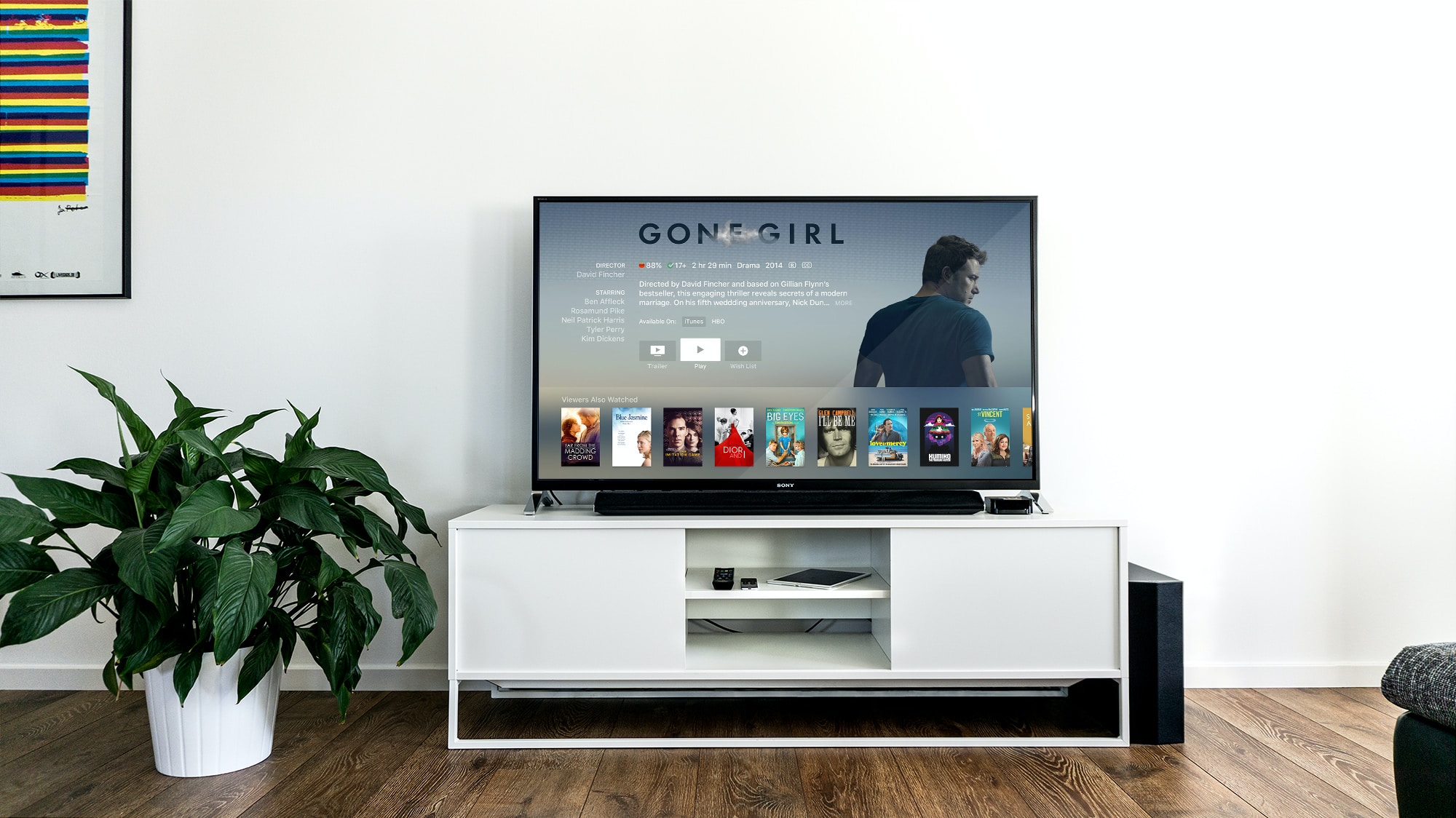Have any questions?
get in touchHave any questions?
get in touch
Comparative Analysis of Satellite TV System and IPTV System

Satellite TV and IPTV are two of the most popular transmission technologies in today's diverse television viewing landscape. Each possesses unique technical characteristics, application scenarios, and advantages and disadvantages. While both ultimately aim to provide users with rich audiovisual content, they differ significantly in transmission methods, user experience, cost structures, and applicable environments. Understanding these differences can help consumers choose the most appropriate service for their needs and assist industry practitioners in optimizing technical solutions.
Satellite television systems transmit television signals via geostationary satellites. They work by uploading television signals to satellites, which then broadcast the signals to a wide area on Earth. Users install satellite antennas (commonly known as "dishes") to receive the signals, which are then decoded by set-top boxes to watch the programs. The advantage of satellite television is its extremely wide coverage, especially in remote areas or places with inadequate infrastructure, where satellite television is often the only viable option. For example, in mountainous areas, islands, or rural areas, laying cable television or fiber optic networks can be difficult, while satellite television can easily provide signal coverage. Furthermore, satellite television generally offers stable signal quality and is less affected by fluctuations in terrestrial networks, making it suitable for programs that require high real-time performance, such as live sports events.
However, satellite TV also has significant limitations. First, installation and maintenance costs are high. Users need to purchase a satellite dish and set-top box, and ensure the dish is facing correctly to avoid obstructions. In severe weather conditions, such as heavy rain or snow, the signal may be disrupted or even interrupted. Second, satellite TV lacks interactivity. Traditional satellite TV is typically one-way transmission, preventing users from ordering content or engaging in interactive operations like they can on the internet. Although some service providers have introduced satellite TV with two-way capabilities in recent years, its flexibility and functionality still cannot compare to IPTV. Furthermore, while satellite TV offers a large number of channels, its personalized recommendations and content retrieval capabilities are relatively limited.
In contrast, IPTV is a technology that delivers television content via the Internet Protocol. It relies on broadband networks to transmit television signals in the form of data packets to users' end devices, such as smart TVs, set-top boxes, or mobile devices. The greatest advantage of IPTV lies in its high flexibility and interactivity. Users can not only watch live programs but also order movies, TV series, and other video content on demand, with support for pause, rewind, and fast-forward functions. This on-demand viewing model is ideally suited to modern people's fragmented schedules. Furthermore, IPTV is often bundled with internet services, allowing it to integrate a variety of applications, such as video calling, online gaming, and social media, further enriching the home entertainment experience.
Another major advantage of IPTV is its scalability and intelligence. Leveraging big data and artificial intelligence, IPTV platforms can analyze users' viewing habits and provide personalized content recommendations. For example, the success of platforms like Netflix and YouTube is largely due to their precise recommendation algorithms. Furthermore, IPTV upgrades and maintenance are much easier, allowing service providers to quickly roll out new features or fix issues through software updates without requiring users to replace hardware.
However, IPTV's limitations cannot be ignored. It is highly dependent on network infrastructure. In areas with insufficient bandwidth or unstable networks, the IPTV experience is significantly reduced, especially when transmitting HD or 4K content, which can easily experience lag or buffering. Furthermore, while broadband penetration is high in urban areas, network coverage remains insufficient in some developing countries or remote areas, limiting the promotion of IPTV. Another issue is content copyright and regional restrictions. Many IPTV services are restricted by copyright agreements and cannot offer a unified content library globally. Users may need to use VPNs and other means to circumvent geo-blocking, which increases the complexity of use.
From a cost perspective, IPTV subscription fees are generally more flexible, allowing users to choose different packages based on their needs, or even pay on demand. Satellite TV, on the other hand, requires a higher initial hardware investment, but subsequent subscription fees may be relatively fixed. For long-term users, satellite TV may offer lower overall costs, especially if multiple TVs are connected in a household.
IPTV generally has an advantage in terms of content diversity. Due to the borderless nature of the internet, IPTV platforms can integrate content from around the world, including independent productions, niche programming, and user-generated content. Satellite TV, on the other hand, tends to offer content from traditional TV stations. While offering a larger number of channels, its content may not be as innovative or diverse as IPTV.
In summary, satellite TV and IPTV each have their own strengths and suit different user needs and scenarios. Satellite TV is more suitable for areas with poor network conditions or those requiring a stable live signal, while IPTV is more suitable for urban users seeking interactive and personalized content. In the future, with the widespread adoption of 5G networks and the development of satellite internet technologies such as Starlink, the boundaries between the two may blur further, and new converged models may even emerge. For example, low-orbit satellite internet may offer both broadband services and support television signal transmission, thus combining the advantages of both. Regardless, technological advancements will ultimately make users' viewing experience more seamless and enriched.
